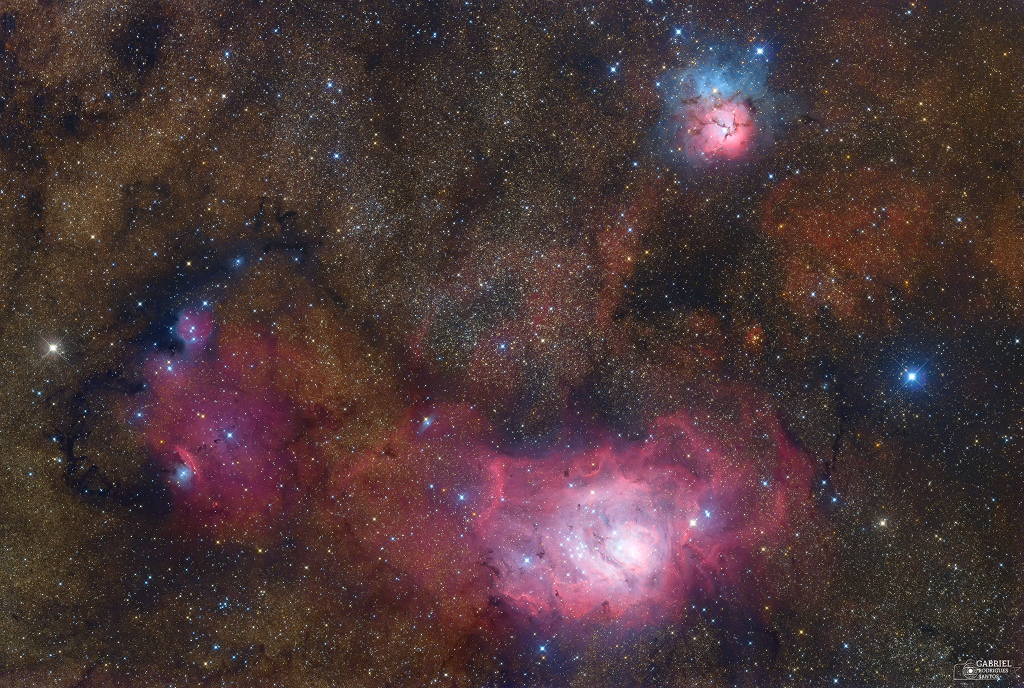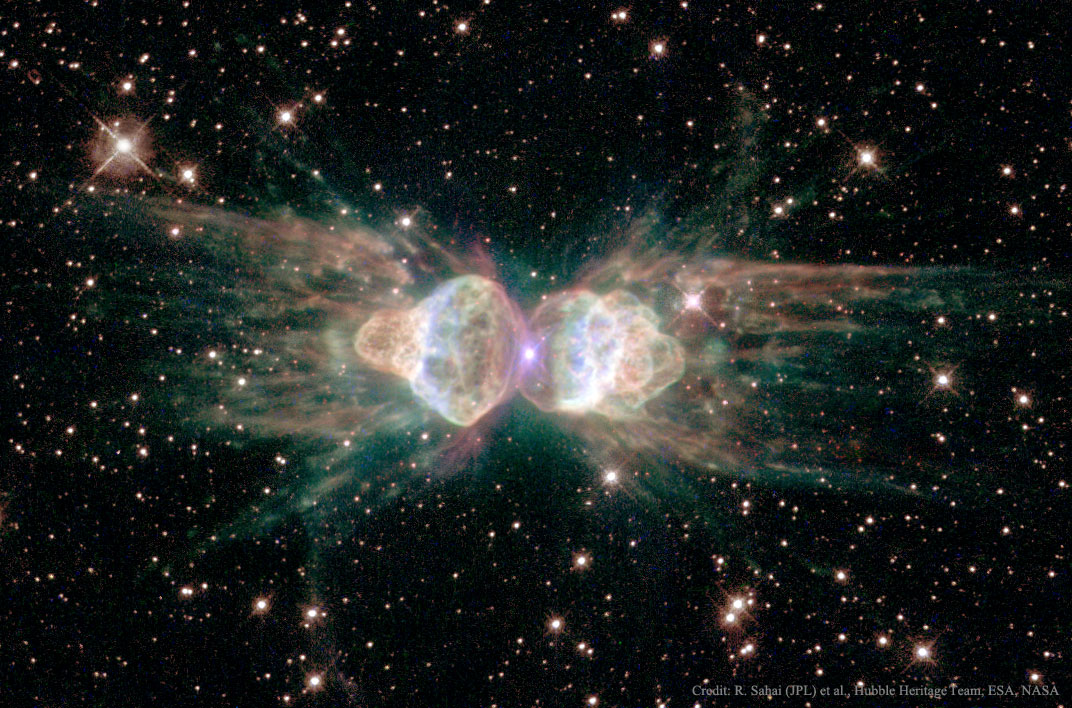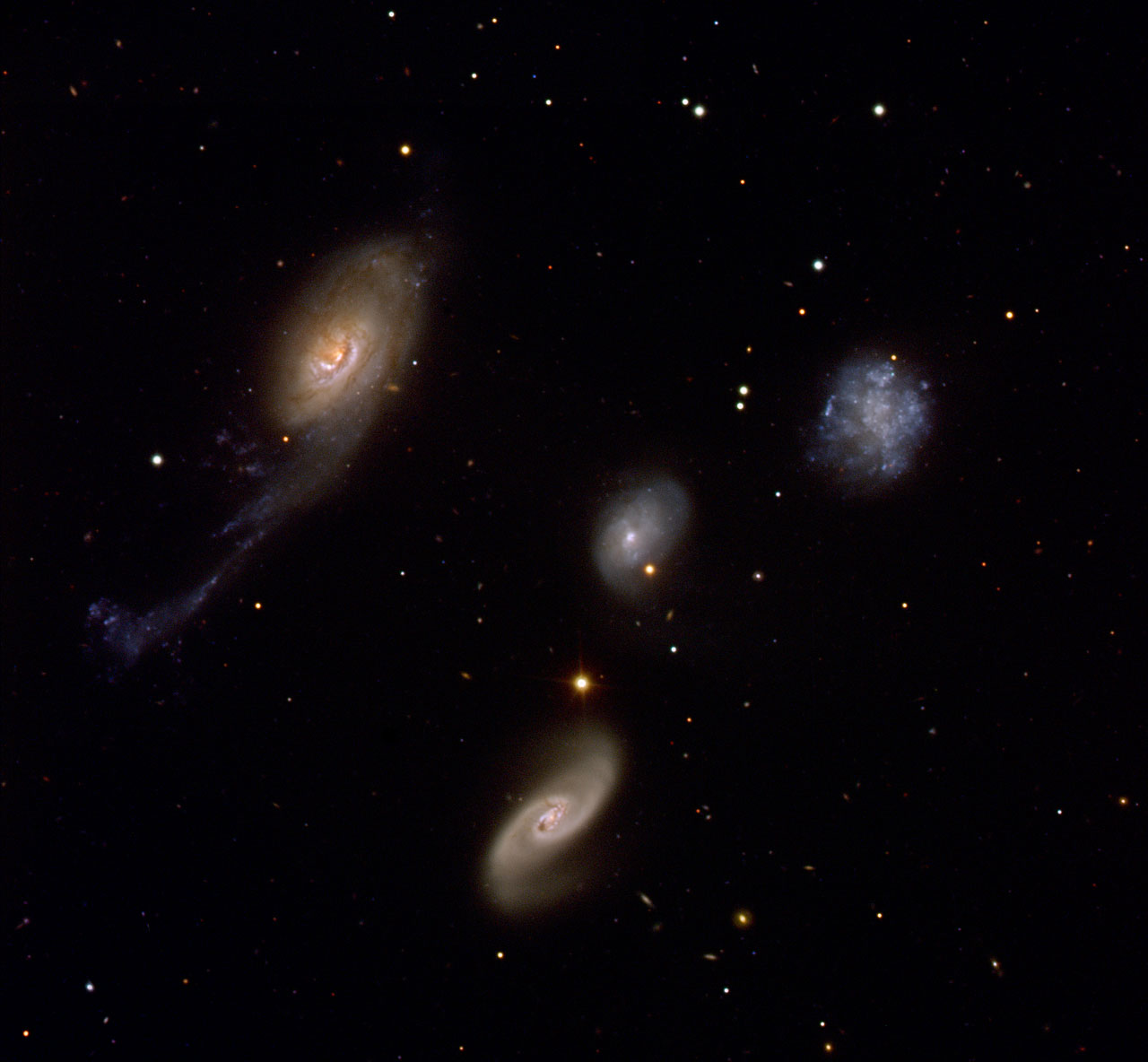Blog
Krzysztof Komeda (born Krzysztof Trzciński; 27 April 1931 – 23 April 1969) was a Polish film music composer and jazz pianist. Perhaps best known for his work in film scores, Komeda wrote the scores for Roman Polanski’s films Knife in the Water (1962), Cul-de-sac (1966), The Fearless Vampire Killers (1967), and Rosemary’s Baby (1968). Komeda’s album Astigmatic (1965) is widely regarded as one of the most important European jazz albums; British critic Stuart Nicholson describes the album as “marking a shift away from the dominant American approach with the emergence of a specific European aesthetic.”
more...Conrad Henry Kirnon (April 27, 1927 – November 30, 1994 Tuckahoe, New York) known professionally as Connie Kay, was an American jazz and R&B drummer, who was a member of the Modern Jazz Quartet. Self-taught on drums, he began performing in Los Angeles in the mid-1940s. His drumming is recorded in The Hunt, the recording of a famous Los Angeles jam session featuring the dueling tenors of Dexter Gordon and Wardell Gray on July 6, 1947. He recorded with Lester Young‘s quintet from 1949 to 1955 and with Stan Getz, Coleman Hawkins, Charlie Parker, and Miles Davis.
Kay did R&B sessions for Atlantic Records in the early to mid-1950s, and he was featured on hit records such as Shake, Rattle and Roll by Big Joe Turner and Ruth Brown‘s (Mama) He Treats Your Daughter Mean.
Kay joined the Modern Jazz Quartet in 1955, replacing original drummer Kenny Clarke. He remained through the group’s dissolution in 1974 and occasional reunions into the 1990s. In addition to his MJQ compatriots, he had an enduring partnership with cool jazz altoist Paul Desmond through the first half of the 1960s. He played drums on several of Irish singer-songwriter Van Morrison‘s albums: Astral Weeks, one song on Saint Dominic’s Preview, and four songs on Tupelo Honey. Kay was known for incorporating percussion instruments alongside his drum kit, such as timpani, small cymbals, triangle, bell tree, and darbukas, the latter referred to as “exotic-looking” drums in a 2006 article.
In 1989, Kay received an honorary doctorate of music from Berklee College of Music. Kay had a stroke in 1992, but recovered enough to resume performing. He died of cardiac arrest in Manhattan in 1994 at the age of 67. He was survived by his wife, Addie, and two sons. He also played with Benny Goodman’ Orchestra at the Carnegie Hall 40th. Anniversary Concert on January 17.,1978. Kay never recorded as a session leader.
more...These three bright nebulae are often featured on telescopic tours of the constellation Sagittarius and the crowded starfields of the central Milky Way. In fact, 18th century cosmic tourist Charles Messiercataloged two of them; M8, the large nebula below and right of center, and colorful M20 near the top of the frame. The third emission region includes NGC 6559, left of M8 and separated from the larger nebula by a dark dust lane. All three are stellar nurseries about five thousand light-years or so distant. Over a hundred light-years across the expansive M8 is also known as the Lagoon Nebula. M20’s popular moniker is the Trifid. Glowing hydrogen gas creates the dominant red color of the emission nebulae. But for striking contrast, blue hues in the Trifid are due to dust reflected starlight. The broad interstellarscape spans almost 4 degrees or 8 full moons on the sky.

Lakshminarayana Shankar (born 26 April 1950), better known as L. Shankar, Shankar and Shenkar, is an Indian violinist, singer and composer. Shankar was born in Madras, India, and raised in Ceylon (current-day Sri Lanka), where his father V. Lakshminarayana, a violinist and singer, worked as a teacher at the Jaffna College of Music. He learned to play the violin and first performed in public in a Ceylonese temple at the age of seven. In 1969, he went to the United States, where he studied ethnomusicology at Wesleyan University After performing with various Indian singers for several years, Shankar founded a trio with his brothers L. Vaidyanathan and L. Subramaniam that performed throughout India.
While attending college at Wesleyan University, he met jazz musicians like Ornette Coleman, Jimmy Garrison, and John McLaughlin. With McLaughlin, Shankar founded the group Shakti in 1975, one of the early groups in which Eastern and Western musical traditions met. They released three albums: Shakti (1975), A Handful of Beauty (1976), and Natural Elements (1977).
more...Theodore Marcus Edwards (April 26, 1924 – April 20, 2003) was an American jazz tenor saxophonist. Edwards was born in Jackson, Mississippi, United States. He learned to play at a very early age, first on alto saxophone and then clarinet. His uncle sent for him to come to Detroit to live because he felt opportunities were better. Due to illness in the family, he went back to Jackson and ventured to Alexandria, Louisiana. He was persuaded by Ernie Fields to join his band after going to Tampa, Florida. Edwards had planned to go to New York City, but Ernie Fields convinced him he could get there by way of Washington, DC, if he worked with his band. Teddy ended up at the “Club Alabam” on Central Avenue in Los Angeles, which later became his city of residence.
Teddy Edwards played with many jazz musicians, including his personal friend Charlie Parker, Roy Milton, Wynonie Harris, Vince Guaraldi, Joe Castroand Ernie Andrews. A 1947 recording with Dexter Gordon, The Duel, was an early challenge to another saxophonist an approach he maintained whenever possible, including a recording with Houston Person. One such duel took place in the 1980s at London’s 100 Club with British tenor Dick Morrissey. In 1964, Edwards played with Benny Goodman at Disneyland, and at the 1964 New York World’s Fair.
more...Preston Haynes Love (April 26, 1921 – February 12, 2004) was a saxophonist, bandleader, and songwriter from Omaha, Nebraska best known as a sideman for jazz and rhythm and blues artists like Count Basie and Ray Charles.
Preston Love grew up in North Omaha and graduated from North High. He became renowned as a professional sideman and saxophone balladeer in the heyday of the big band era. He was a member of the bands of Nat Towles, Lloyd Hunter, Snub Mosley, Lucky Millinder and Fats Waller before getting his big break with the Count Basie Orchestra when he was 22. Love played and recorded with the Count Basie band from 1945–1947 and played on Basie’s only #1 hit record, ‘Open The Door Richard.’ Love eventually became a bandleader himself, playing with Lena Horne, Billie Holiday, his friends Johnny Otis and Wynonie Harris, with whom he had several hits.
more...John Ned “Johnny” Shines (April 26, 1915 – April 20, 1992) was an American blues singer and guitarist. Shines was born in the community of Frayser, in Memphis, Tennessee. He was taught to play the guitar by his mother and spent most of his childhood in Memphis, playing slide guitar at an early age in juke joints and on the street. He moved to Hughes, Arkansas, in 1932 and worked on farms for three years, putting aside his music career. A chance meeting with Robert Johnson, his greatest influence, gave him the inspiration to return to music. In 1935, Shines began traveling with Johnson, touring in the United States and Canada. They parted in 1937, one year before Johnson’s death.
Shines played throughout the southern United States until 1941, when he settled in Chicago. There he found work in the construction industry but continued to play in local bars.
more...Gertrude “Ma” Rainey (née Pridgett; April 26, 1886 – December 22, 1939) was an influential American blues singer and early blues recording artist. Dubbed the “Mother of the Blues”, she bridged earlier vaudeville and the authentic expression of southern blues, influencing a generation of blues singers.
Gertrude Pridgett began performing as a teenager and became known as “Ma” Rainey after her marriage to Will “Pa” Rainey in 1904. They toured with the Rabbit Foot Minstrels and later formed their own group, Rainey and Rainey, Assassinators of the Blues. Her first recording was made in 1923. In the following five years, she made over 100 recordings, including “Bo-Weevil Blues” (1923), “Moonshine Blues” (1923), “See See Rider Blues” (1924), “Ma Rainey’s Black Bottom” (1927), and “Soon This Morning” (1927).
Rainey was known for her powerful vocal abilities, energetic disposition, majestic phrasing, and a “moaning” style of singing. Her qualities are present and most evident in her early recordings “Bo-Weevil Blues” and “Moonshine Blues”.
Rainey recorded with Thomas Dorsey and Louis Armstrong, and she toured and recorded with the Georgia Jazz Band. She toured until 1935, when she largely retired from performing and continued as a theater impresario in her hometown of Columbus, Georgia, until her death four years later.
more...Planetary nebula Mz3 is being cast off by a star similar to our Sun that is, surely, round. Why then would the gas that is streaming away create an ant-shaped nebula that is distinctly not round? Clues might include the high 1000-kilometer per second speed of the expelled gas, the light-year long length of the structure, and the magnetism of the star featured here at the nebula’s center. One possible answer is that Mz3 is hiding a second, dimmer star that orbits close in to the bright star. A competing hypothesis holds that the central star’s own spin and magnetic field are channeling the gas. Since the central star appears to be so similar to our own Sun, astronomers hope that increased understanding of the history of this giant space ant can provide useful insight into the likely future of our own Sun and Earth.

Carl Allen (born April 25, 1961) is an American jazz drummer.
Allen attended William Paterson University. He has worked with a wide variety of musicians, including Freddie Hubbard, Jackie McLean, George Coleman, Phil Woods, the Benny Green Trio and Rickie Lee Jones. It was with Green that Allen met bassist Christian McBride. The two have teamed up frequently, working for many combos of big name leaders. McBride recruited Allen for his band, Christian McBride & Inside Straight. Allen is that quintet’s drummer for both its first recording, Kinda Brown, and its road tours.
In 1988 Allen and Vincent Herring founded Big Apple Productions, which produced several albums featuring young jazz performers.
He joined the faculty of The Juilliard School in 2001, and became the Artistic Director of Jazz Studies in 2008. He was replaced as director by Wynton Marsalis in 2013, and left Juilliard at the end of the academic year. In 2011, Allen appeared as himself in two episodes of the HBO series Tremé, in a studio recording scene in New York City. In 2014, he formed his own group, The Art of Elvin to pay tribute to Art Blakey and Elvin Jones. The band debuted at the Percussive Arts Society (PAS) conference in Indianapolis, Indiana with Allen on drums, Freddie Hendrix (trumpet), Tivon Pennicott (tenor sax), Xavier Davis (piano), Yasushi Nakamura (bass).
https://www.youtube.com/watch?v=1EK-LMJX8hE
more...Albert Nelson (April 25, 1923 – December 21, 1992 Indianola, Mississippi), known by his stage name Albert King, was an American blues guitarist and singer whose playing influenced many other blues guitarists. He is perhaps best known for the popular and influential album Born Under a Bad Sign (1967) and its title track. He, B.B. King, and Freddie King, all unrelated, were known as the “Kings of the Blues.”[1] The left-handed King was known for his “deep, dramatic sound that was widely imitated by both blues and rock guitarists.” He was once nicknamed “The Velvet Bulldozer” because of his smooth singing and large size–he stood taller than average, with sources reporting 6 ft 4 in (1.93 m) or 6 ft 7 in (2.01 m), and weighed 250 lb (110 kg)–and also because he drove a bulldozer in one of his day jobs early in his career. King was inducted into the Blues Hall of Fame in 1983. He was posthumously inducted into the Rock and Roll Hall of Fame in 2013. In 2011, he was ranked number 13 on Rolling Stone‘s 100 Greatest Guitarists of All Time.
more...Ella Jane Fitzgerald (April 25, 1917 – June 15, 1996 Newport News, VR) was an American jazz singer, sometimes referred to as the First Lady of Song, Queen of Jazz, and Lady Ella. She was noted for her purity of tone, impeccable diction, phrasing, timing, intonation, and a “horn-like” improvisational ability, particularly in her scat singing.
After a tumultuous adolescence, Fitzgerald found stability in musical success with the Chick Webb Orchestra, performing across the country but most often associated with the Savoy Ballroom in Harlem. Her rendition of the nursery rhyme “A-Tisket, A-Tasket” helped boost both her and Webb to national fame. After taking over the band when Webb died, Fitzgerald left it behind in 1942 to start her solo career.
Her manager was Moe Gale, co-founder of the Savoy, until she turned the rest of her career over to Norman Granz, who founded Verve Records to produce new records by Fitzgerald. With Verve she recorded some of her more widely noted works, particularly her interpretations of the Great American Songbook.
While Fitzgerald appeared in movies and as a guest on popular television shows in the second half of the twentieth century, her musical collaborations with Louis Armstrong, Duke Ellington, and The Ink Spots were some of her most notable acts outside of her solo career. These partnerships produced some of her best-known songs such as “Dream a Little Dream of Me“, “Cheek to Cheek“, “Into Each Life Some Rain Must Fall“, and “It Don’t Mean a Thing (If It Ain’t Got That Swing)“.
In 1993, after a career of nearly 60 years, she gave her last public performance. Three years later, she died at the age of 79 after years of declining health. Her accolades included fourteen Grammy Awards, the National Medal of Arts, and the Presidential Medal of Freedom.
more...Eugene Earl Bostic (April 25, 1913 – October 28, 1965) was an American jazz alto saxophonist and a pioneer of the post-war American rhythm and blues style. He had a number of popular hits such as “Flamingo”, “Harlem Nocturne“, “Temptation”, “Sleep”, “Special Delivery Stomp”, and “Where or When“, which all showed off his characteristic growl on the horn. He was a major influence on John Coltrane.
Bostic was born in 1913 in Tulsa, Oklahoma. He turned professional at the age of 18 when he joined Terence Holder’s “Twelve Clouds of Joy”. Bostic made his first recording with Lionel Hampton in October 1939, with Charlie Christian, Clyde Hart and Big Sid Catlett. Before that, he performed with Fate Marable on New Orleans riverboats. Bostic graduated from Xavier University in New Orleans. He worked with territory bands as well as Arnett Cobb, Hot Lips Page, Rex Stewart, Don Byas, Charlie Christian, Thelonious Monk, Edgar Hayes, Cab Calloway, and other jazz luminaries. In 1938, and in 1944, Bostic led the house band at Smalls Paradise.[3] While playing at Small’s Paradise, he doubled on guitar and trumpet. During the early 1940s, he was a well-respected regular at the famous jam sessions held at Minton’s Playhouse. He formed his own band in 1945 and made the first recordings under his own name for the Majestic label. He turned to rhythm and blues in the late 1940s. His biggest hits were “Temptation“, “Sleep”, “Flamingo“, “You Go to My Head” and “Cherokee“. At various times, his band included Keter Betts, Jaki Byard, Benny Carter, John Coltrane, Teddy Edwards, Benny Golson, Blue Mitchell, Tony Scott, Cliff Smalls, Sir Charles Thompson, Stanley Turrentine, Tommy Turrentine, and other musicians who rose to prominence, especially in jazz.
more...Robert’s Quartet is a family of four very different galaxies, located at a distance of about 160 million light-years, close to the centre of the southern constellation of the Phoenix. Its members are NGC 87, NGC 88, NGC 89 and NGC 92, discovered by John Herschel in the 1830s. NGC 87 (upper right) is an irregular galaxy similar to the satellites of our Milky Way, the Magellanic Clouds. NGC 88 (centre) is a spiral galaxy with an external diffuse envelope, most probably composed of gas. NGC 89 (lower middle) is another spiral galaxy with two large spiral arms. The largest member of the system, NGC 92 (left), is a spiral Sa galaxy with an unusual appearance. One of its arms, about 100,000 light-years long, has been distorted by interactions and contains a large quantity of dust.

More Posts
- Jim Morrison Day
- Jimmy Smith Day
- Cleo Brown Day
- World Music with Shooglenifty
- Daily Roots with Lloyd Forrest
- The Cosmos with the Belt of Orion
- Tom Waits Day
- Louis Prima Day
- Blind John Davis Day
- Edmundo Ros Day
- World Music with Amadou & Mariam
- Daily Roots with Norris Reid
- The Cosmos with Pleiades to Hyades
- Kim Simmonds Day
- Miroslav Vitous
- Dave Brubeck Day
- Flamenco Fridays with Fernando Fernández Monge y Juan Morao
- Daily Roots with Ras Angels
- Wee Willie Walker Memorial
- The Cosmos with NGC 6744